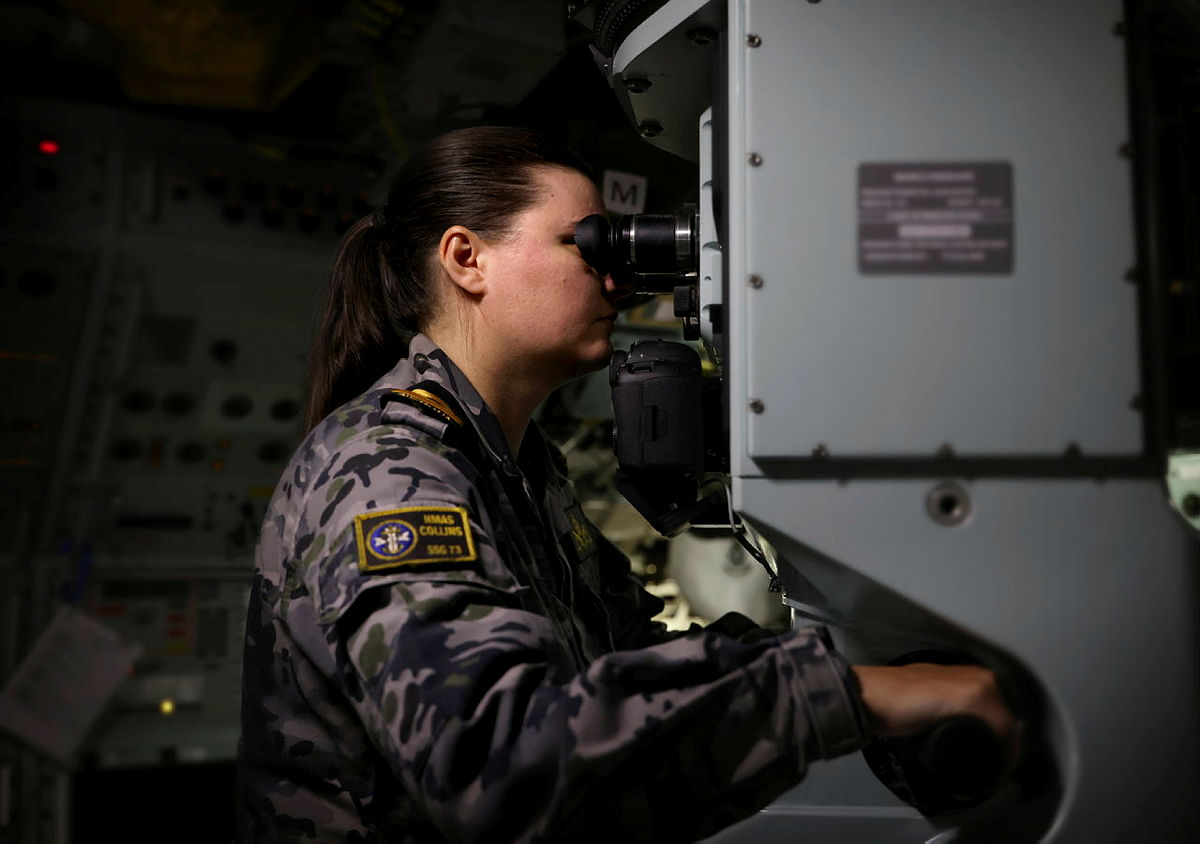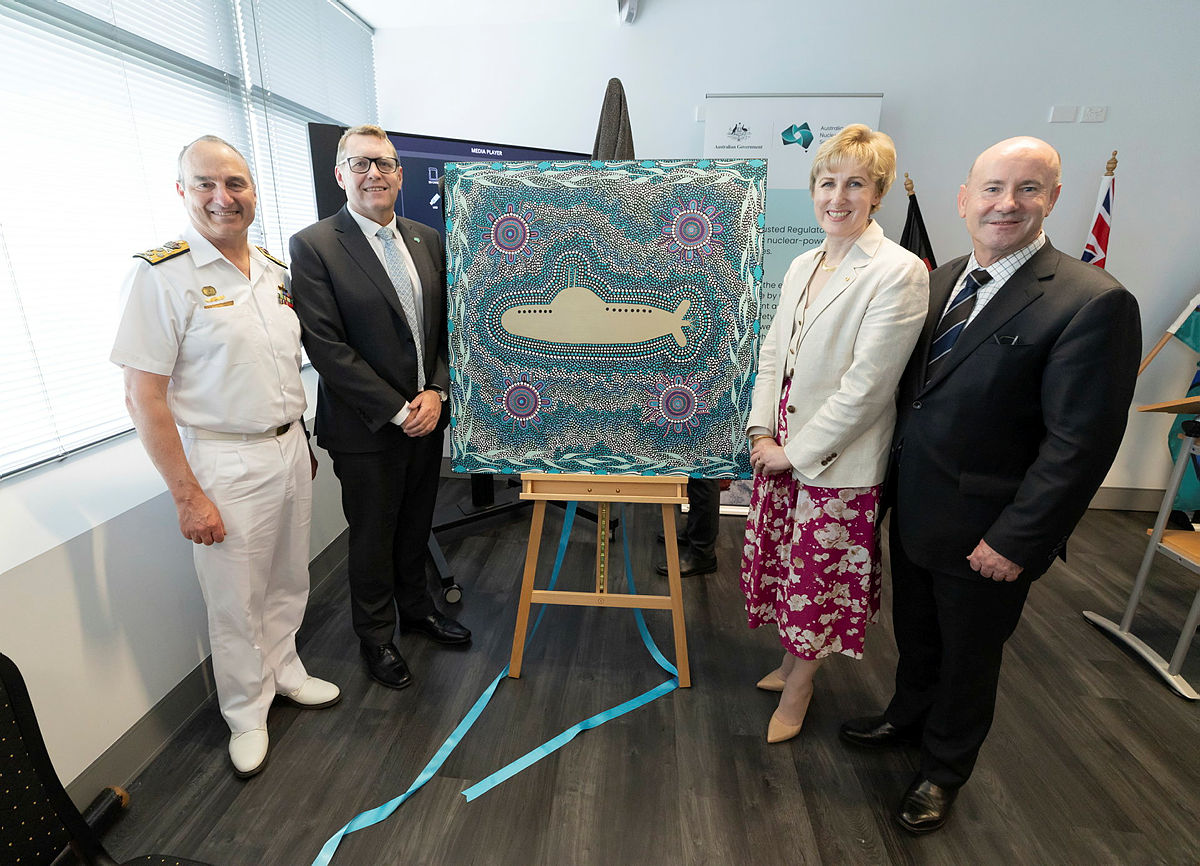US Army Corps of Engineers contractors remove a submarine during vessel debris removal operations near the harbor in Lahaina, Hawaii on February 18, 2024. The submarine was one of the fleet of commercial tourist submarines for citizens and tourists to view marine life. (Photo by USACE Photo by Robert DeDeaux)
Corrosion management is a critical aspect of submarine maintenance, particularly when the vessel is submerged in water for extended periods. Submarines operate in a harsh marine environment where corrosion can compromise structural integrity and operational effectiveness. Here’s how corrosion is handled and managed in submarines:
Material Selection: Submarines are constructed using corrosion-resistant materials, such as high-grade stainless steel and specialized alloys, to mitigate the effects of corrosion. These materials offer superior resistance to the corrosive elements present in seawater, reducing the likelihood of degradation over time.
Cathodic Protection: Cathodic protection systems are installed on submarines to minimize corrosion. This involves the use of sacrificial anodes or impressed current systems to create a cathodic reaction that prevents the underlying metal from corroding. Sacrificial anodes, typically made of zinc or aluminum, corrode instead of the submarine’s hull, thus extending its lifespan.
Coatings and Paints: Protective coatings and paints are applied to the submarine’s hull and internal components to create a barrier against corrosive agents. These coatings act as a shield, preventing water and oxygen from reaching the underlying metal surfaces and reducing the likelihood of corrosion. Regular inspection and maintenance of these coatings are essential to ensure their effectiveness over time.
Routine Inspections: Regular inspections are conducted to detect early signs of corrosion and address them promptly. Submarine crews and maintenance personnel perform visual inspections, non-destructive testing, and corrosion monitoring using specialized equipment to identify areas prone to corrosion, such as weld seams, joints, and exposed metal surfaces.
Corrosion Control Measures: Once corrosion is identified, appropriate corrosion control measures are implemented to mitigate its effects. This may include cleaning, de-scaling, and applying corrosion inhibitors to affected areas to halt the progression of corrosion and prevent further damage. In some cases, localized repairs or replacement of corroded components may be necessary to restore structural integrity.
Environmental Controls: Submarines are equipped with environmental control systems to regulate humidity levels and minimize exposure to corrosive elements. Maintaining optimal environmental conditions within the submarine helps mitigate the risk of corrosion and prolong the lifespan of critical equipment and components.
Integrated Maintenance Programs: Submarines adhere to comprehensive integrated maintenance programs that include scheduled maintenance, periodic inspections, and corrosion prevention measures. These programs are designed to ensure that corrosion management remains a top priority throughout the submarine’s service life, thereby minimizing the risk of corrosion-related failures and maximizing operational readiness.
Overall, effective corrosion management is essential for maintaining the structural integrity, operational effectiveness, and safety of submarines submerged in water. By employing a combination of material selection, cathodic protection, coatings, routine inspections, corrosion control measures, environmental controls, and integrated maintenance programs, navies can mitigate the impact of corrosion and prolong the service life of their submarine fleets.



